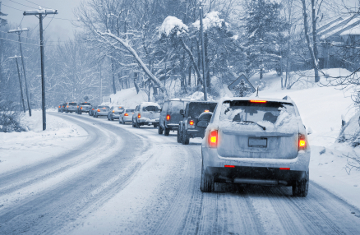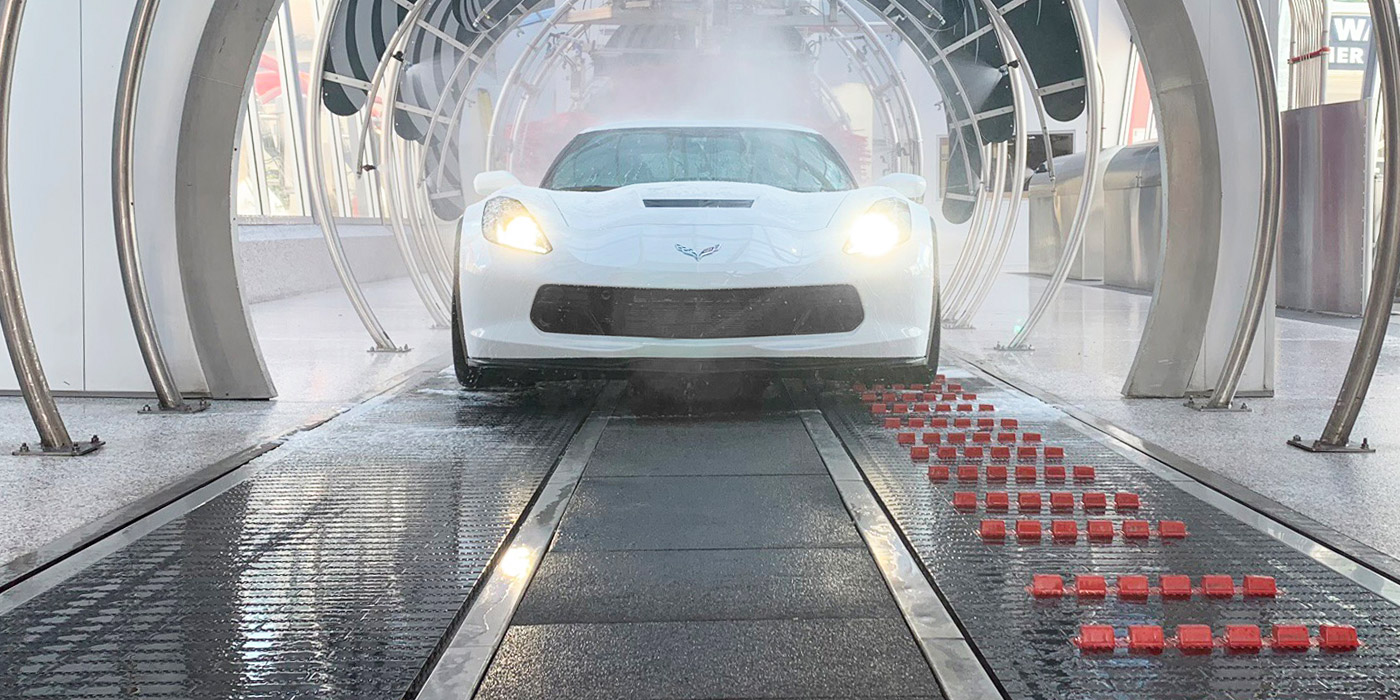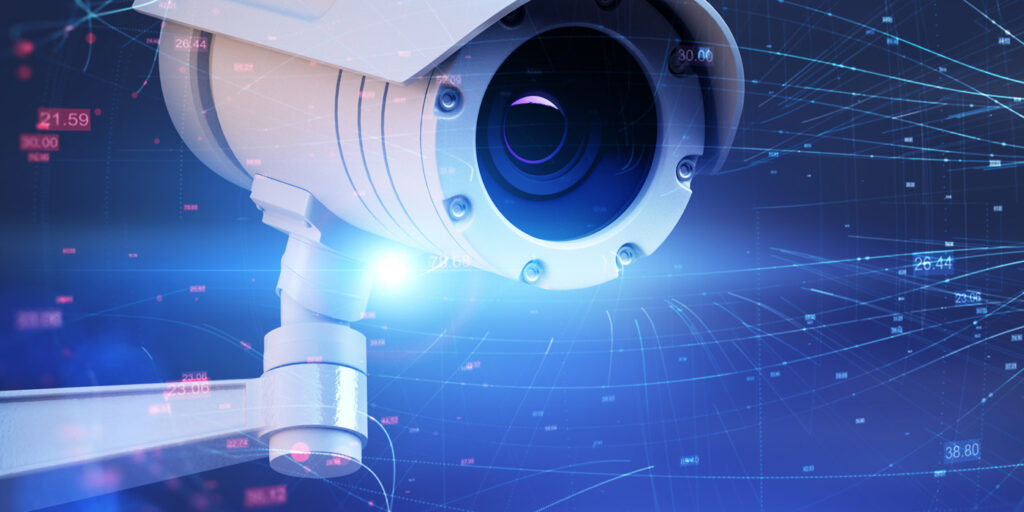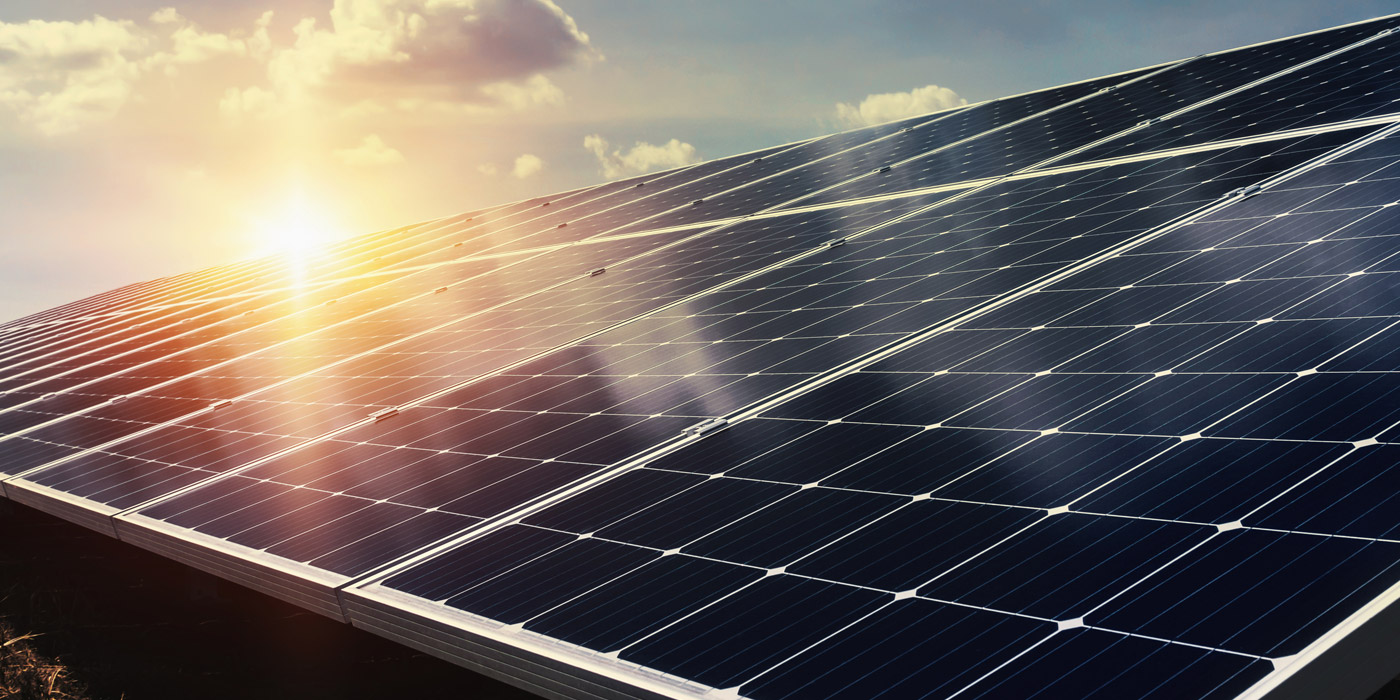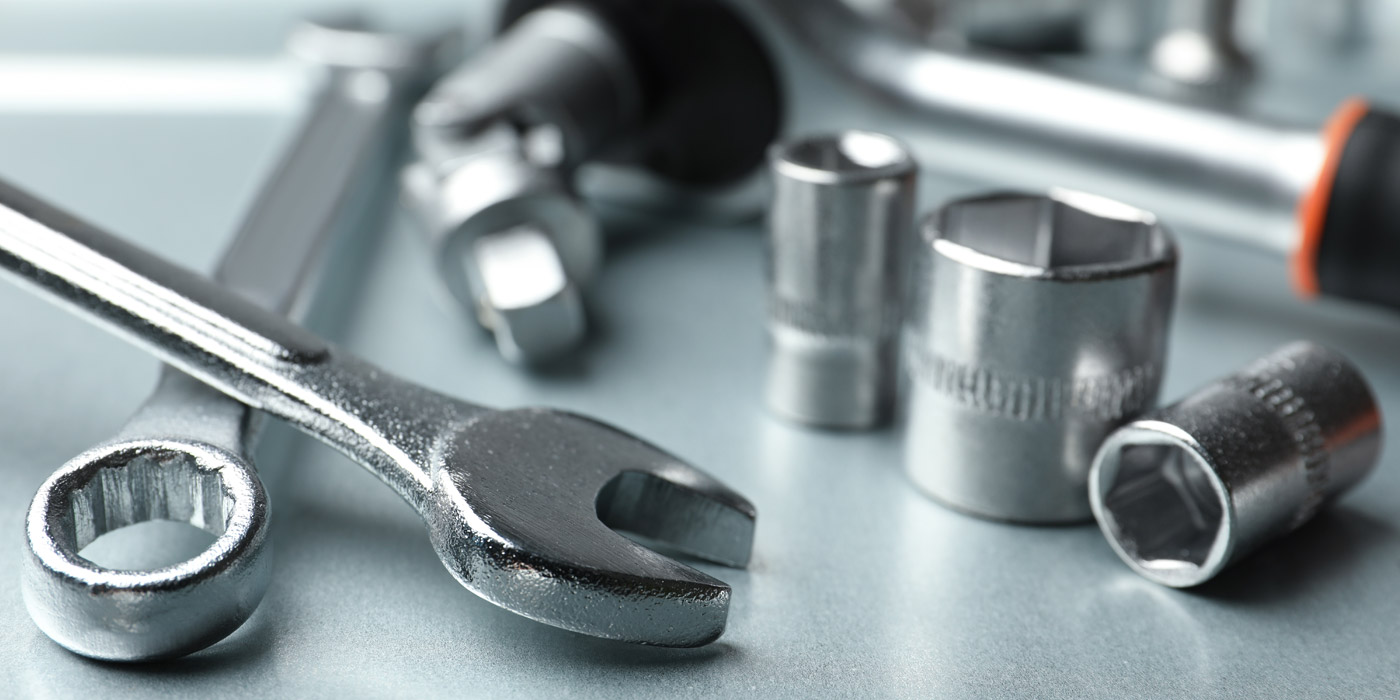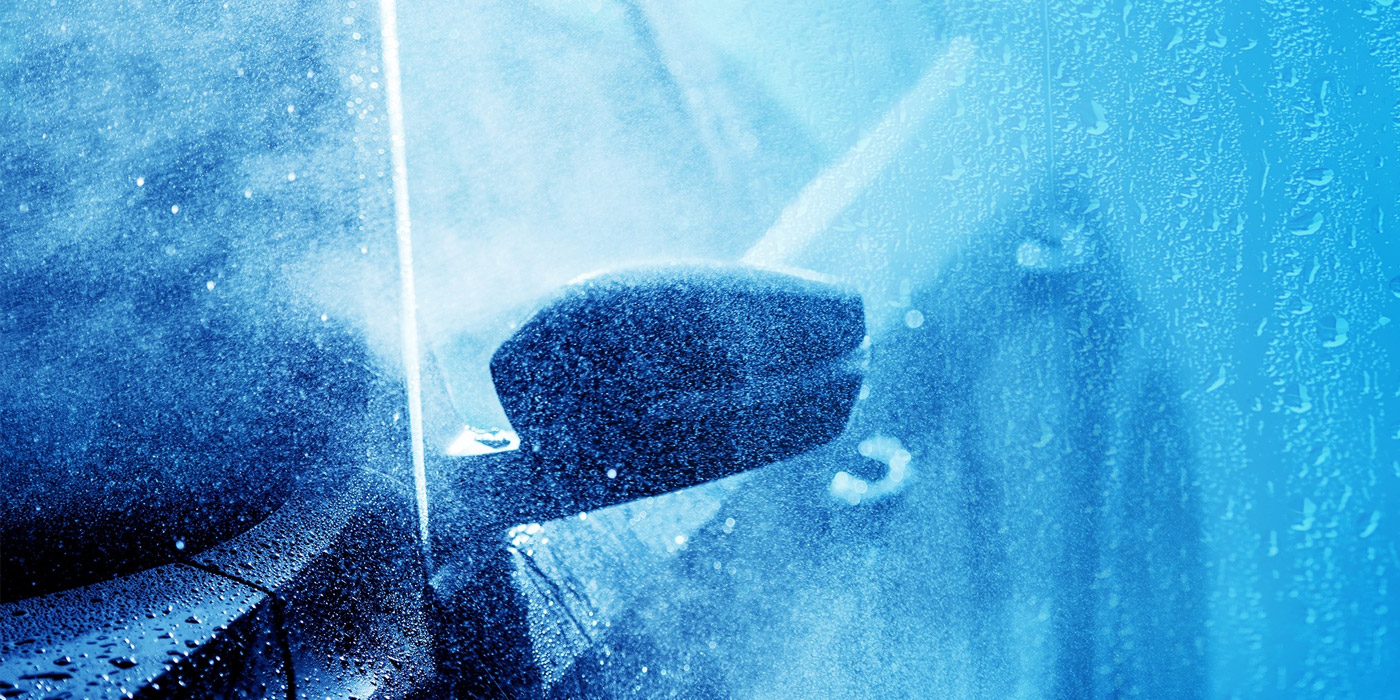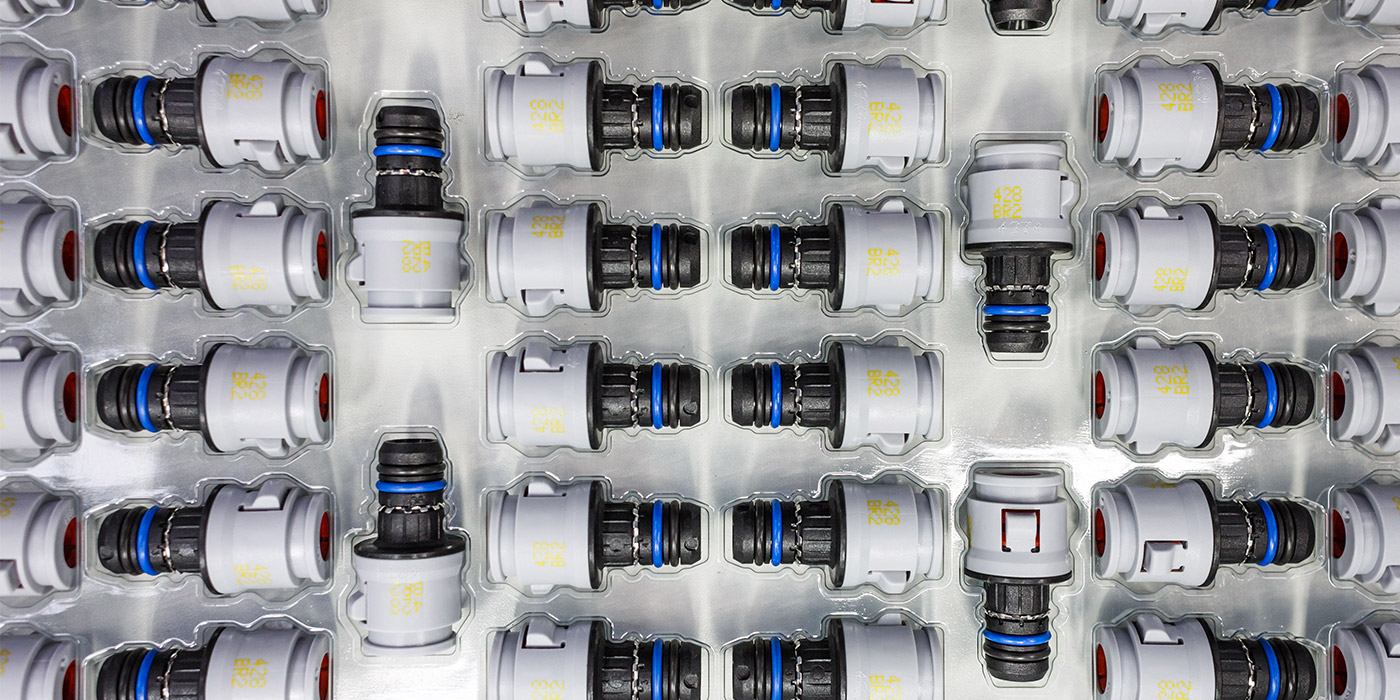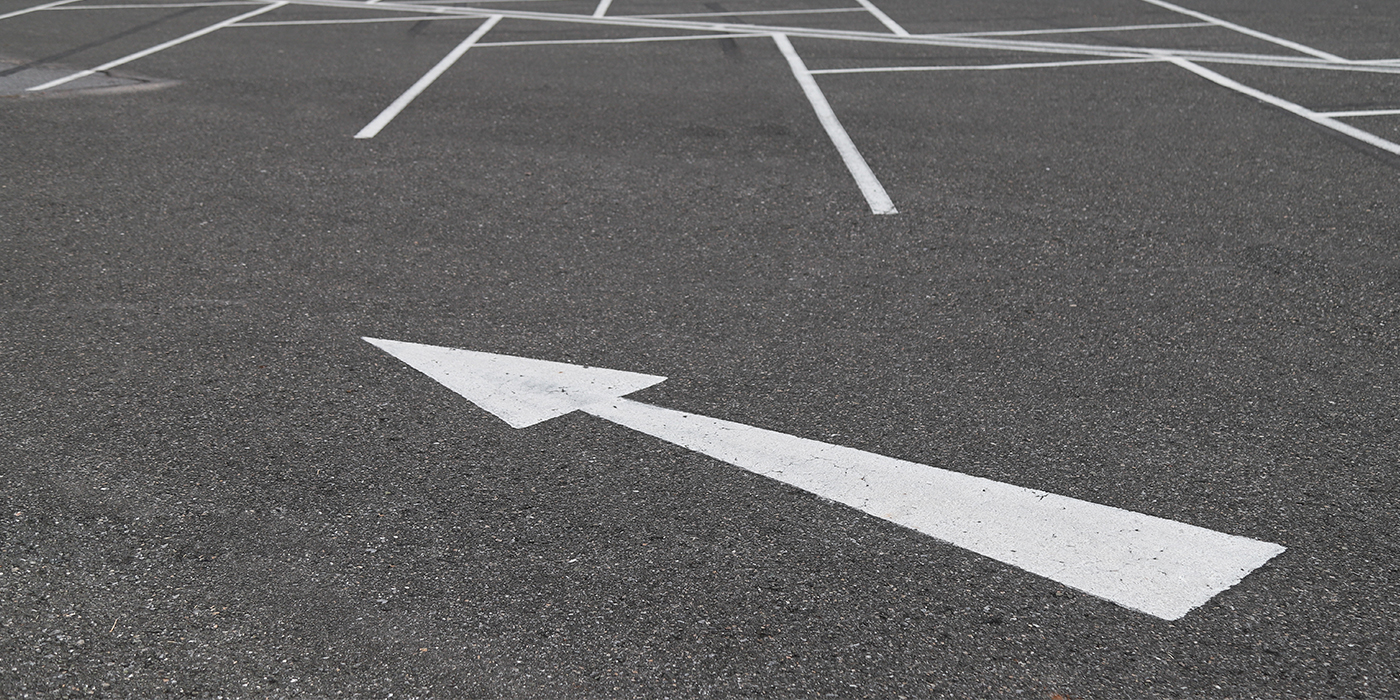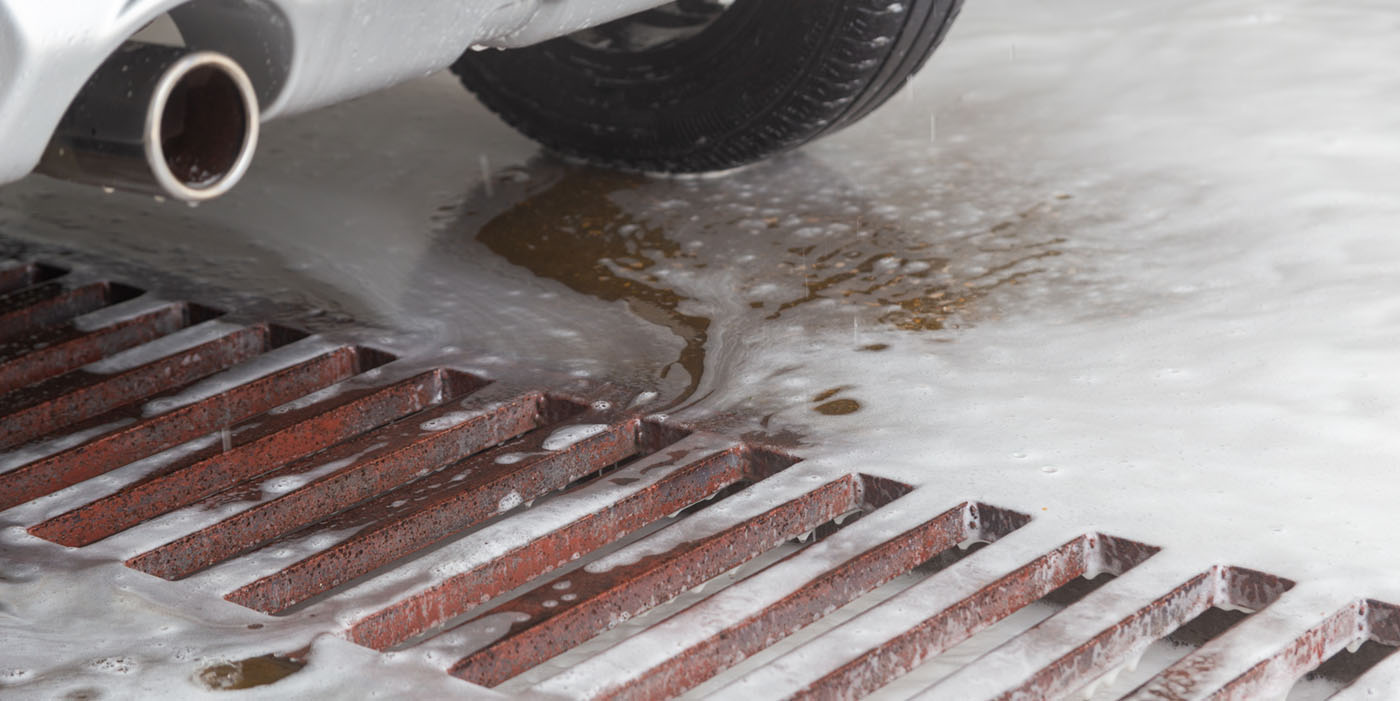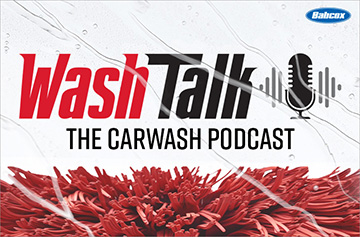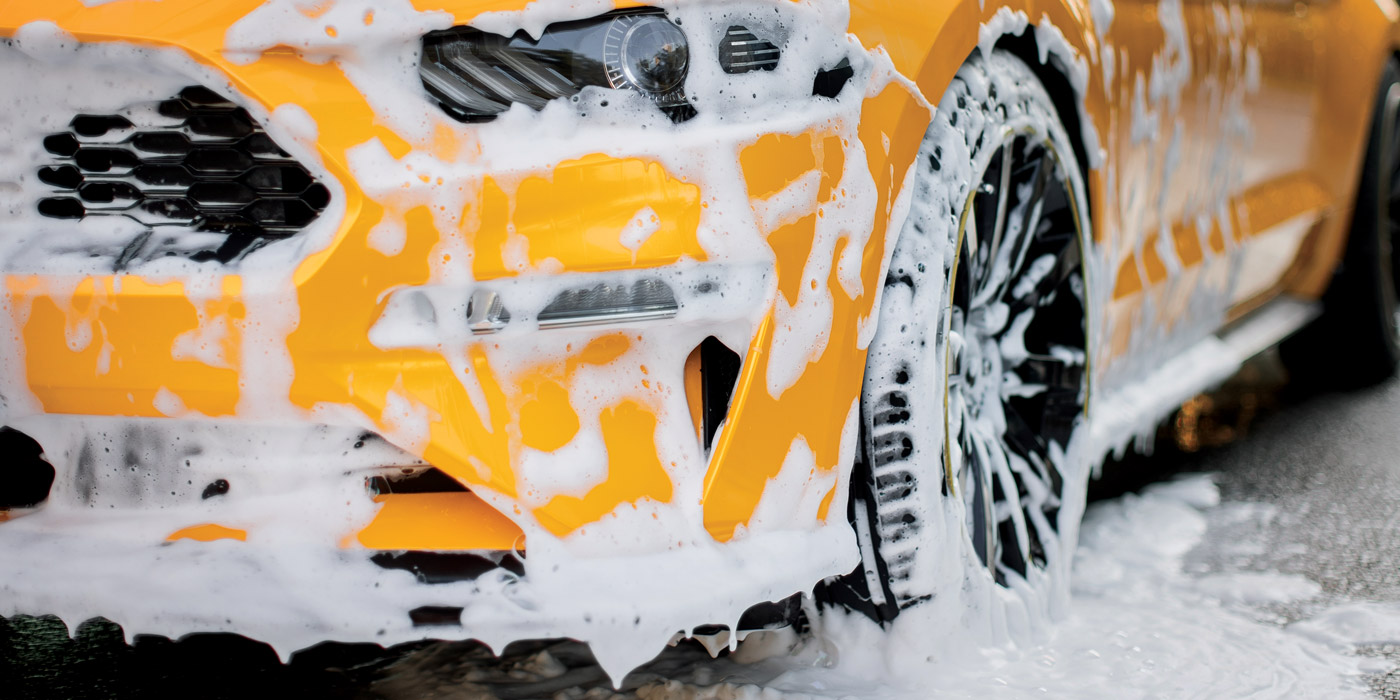After last winter’s weeks of extended storms and heavy snowfall, business owners in many industries enter the cold months ahead with at least some sense of trepidation. Reportage following last winter’s severe bouts of extreme weather showed various sectors of the economy were slowed by the ever-present piles of snow and sheets of ice.
In the darkest days, offices, retail locations, universities and schools all closed. In residential areas drivers were more worried about digging out their cars than washing them. Unyielding snowfall left roads in dangerous shape, at best, and even if carwash and multi-profit locations could be safely cleared and opened, traffic counts were low and business suffered.
While Detroit, Chicago and Minneapolis are used to fighting cold weather, 2013-2014 was especially a corker. It appears the Midwest bore the brunt of the historic winter (see sidebar), but various cities around the nation were confronted by frequent snow-and-ice storms and lower-than-expected temperatures. Will winter 2014-2015 bring milder temperatures or more arctic weather (see sidebar)? This is especially the question in the areas hardest hit by snow and ice earlier this year.
No matter the wash format, owners and operators should call on the old adage of hoping for the best while preparing for the worst. Following the mantra of “be prepared,” we’ve collected winterization best practices and tips from two sources — Robert Andre with CarWash College and Chris Rojas, owner of Carwash Boilers Inc. — to help carwash owners prepare before the first full blast of winter weather.
Equipment upkeep for the busy season
By Robert Andre
At CarWash College I often get the question, “Why does the carwash break when it’s busy?” Well that’s not always true, though it can seem that way. I am going to give you some tips to make sure the wash is ready for the busy season. Let’s break it down into two areas: tunnel equipment and back room equipment.
Tunnel equipment
Conveyor: The conveyor needs to be ready to accept the influx of cars we are all hoping for. The main thing is to make sure the chain and rollers are going to make it through the season. If not, replace them now. Ensure the chain is tight, removing links if necessary. Look at the drive sprocket for signs of wear and check for alignment. Do the same for the take-up.
Pit: Clean the pit out as well, so you start the season off right.
Cloth: Cloth needs to be clean and have enough penetration to clean the vehicles. Look for any missing or damaged cloth that might need to be replaced. The rule of thumb is that the cloth should have three to four inches of penetration. That means there should be three to four inches of cloth laying flat on the vehicle surface. If not, you can adjust some equipment to get the desired amount. If after achieving the three to four inches of penetration the remaining cloth is shorter than half the distance from the cloth to the hub, it is time to replace.
Bearings: Bearings need to be inspected for signs they might be ready to fail. Look for over greasing, broken seals, loose shafts, etc. In addition to checking for failure, they should be greased. When greasing the bearings, be sure not to over grease as it could cause failure. Most bearings only require two to three pumps of grease each.
Back room equipment
Power packs: Power packs need to have the oil level and quality checked. Add or replace oil, if needed. Now is also a good time to check the low level switch for operation, and the overall system for leaks. Look at the filter to see if it needs to be changed. Filters should be changed annually.
High-pressure pumps: High-pressure pumps need to be checked for proper operation. Ensure they are running at the right pressure and have oil inside. The belts should be checked for wear and replaced if any signs of wear are shown.
Compressors: Air compressors should have all the filters cleaned or replaced. Check the oil level, and quality, in the pump. Belts should be checked for wear and replaced if any signs of wear are shown. Check for any leaks in the system and repair immediately.
Chemical pumps: Chemical pumps need to have all foot and check valves tested. Clean out all mixing tanks and check pump pressures. Ensure the chemical is giving even coverage to the vehicle and being applied at the right strength.
Following these steps should get you started on the right foot for the busy season. If doing these simple checks can help eliminate just one breakdown, it could potentially save you thousands of dollars.
Robert Andre is the president of CarWash College. Andre can be reached at [email protected]. For more information about CarWash College certification programs, visit www.CarWashCollege.com or call the registrar at 1-866-492-7422.
Winterize your carwash: Why, when, what & how
By Chris Rojas
You’ve arrived at a remote tropical beach for a three-month stay with provisions coming only monthly. You discover you forgot to pack sun block, lip balm, hat, bathing suit and sufficient water. Think it wouldn’t happen?
How about this: It’s been a great year. Your carwash traffic is insanely prosperous, with not one hiccup in operations or equipment performance. All systems go. Then when the season really starts cranking, your system “suddenly” stalls and fails. How many hours or days are you willing to be “out of business?”
Don’t fix what’s not broken, right? Wrong.
Despite predictions for a severe winter, many carwash operators neglect to take the time to check their systems before there is a problem. Deferred maintenance leads to higher repair and replacement costs, including the expense of lost income due to longer down time.
Preparing for cold weather during hot weather
Boilers, water heaters, floor heat systems and components all need to be checked, fired and cycled to ensure proper operation. Avoid waiting to start up these systems until the onset of winter and finding out they don’t work. Here’s a handy prep checklist to get your wash off to a good start on winter.
Winter prep checklist
- Inspect and test all units and water heaters
- Check fluid levels
- Check glycol — change if needed
- Check system pressure — pressure test
- Check for leaks and valve functionality
- Inspect boilers and burners
- Make sure burners are clean and clear
- Check heat exchangers and scale buildup in tubing
- Do a combustion analysis
- Check all piping and exhaust emissions
- Look over your control system, electronics and connections
- Check deicing system and set points
- Make sure manifolds are functioning properly
- Check your zone pumps for efficient operation
- Evaluate your gas and electric output/costs
How to get the best electric and gas rates
Evaluate a previous year’s winter-season bills and come up with an average usage. Use these numbers to determine if it makes sense to:
- Lock in a rate
- Prepay
- Use standard month-to-month billing
- Shop for better gas rates.
If you’ve never considered these options before, contact your local utility suppliers and ask them for a list of pricing options.
Get professional help, if needed
Finally, industry resources may be able to walk you through certain steps and can help find the right professional to assist a wash.
Chris Rojas, owner of Carwash Boilers Inc., helps carwash operators become more profitable by offering high-efficiency products and services specifically designed to save on maintenance and energy costs. His knowledge and experience are employed by architects, owners and systems engineers for new build and retrofitting operations. Contact at 888-316-8514 or [email protected].

